
The Canon 5D Mark II Digital Camera Review:
Sensor Noise, Dynamic Range, and Full Well Analysis
by Roger N. Clark
All images, text and data on this site are copyrighted.
They may not be used except by written permission from Roger N. Clark.
All rights reserved.
If you find the information on this site useful,
please support Clarkvision and make a donation (link below).
This page shows an analysis of noise, dynamic range, and full well capacity
of a Canon 5D Mark II camera.
Procedures for performing this analysis are described in:
Procedures for Evaluating Digital Camera Noise, Dynamic Range, and Full
Well Capacities; Canon 1D Mark II Analysis
The lowest possible noise from a system detecting light is the noise due to Poisson
statistics from the random rate of the arrival of photons. This is called photon
statistics, or photon noise. Noise from the electronics will add to the photon noise.
Noise in Canon 5D Mark II images is limited by photon statistics at high signal levels
and by electronic noise from reading the sensor (called readout noise) and
noise from the downstream electronics at very low signal levels. In the case of
high signal levels, a system that is photon statistics
limited enables us to directly measure how many photons the sensor captures, and by
increasing the exposure, we can determine how many photons are required to saturate
the sensor. That is called the full well capacity, or simply, maximum signal capacity.
With data on the lowest noise to the highest signal, we can then determine the dynamic
range of the sensor.
The data and analysis results below show how the canon 5D Mark II sensor performs.
Table 1 shows the results and these results are shown on the graphs at
Digital Sensor Performance summary
for comparison with other cameras.
Table 1
-------------------------------------------------
Apparent Maximum Measured
ISO Gain Read Noise signal Dynamic range
e/DN (electrons) (electrons) stops
50 4.2 24.2 65700 11.41
100 4.1 23.5 59400 11.30
200 2.03 11.9 29700 11.20
400 1.01 6.4 14800 11.18
800 0.51 3.7 7425 10.97
1600 0.25 2.5 3710 10.54
3200 0.127 2.5 1860 9.54
6400 0.063 2.5 930 8.54
12800 0.032 2.5 460 7.54
25600 0.016 230
Pixel pitch: 6.4 microns.
S/N on 18% gray card, ISO 100 = 103.
Sensor Full Well Capacity at lowest ISO: 65,700 electrons.
Sensor dynamic range = 65700/2.5 = 26,280 = 14.7 stops.
ISO at unity gain (scaled to 12 bit) = 1600 (14-bit unity gain = ISO 404).
Low Light sensitivity Factor: 640.
Apparent Image Quality, AIQ = 109
All data derived by R. Clark, December, 2008.
Values in the above table are described at
Digital Sensor Performance summary.
Table 2 shows the noise as a funnction of ISO in image form. The images illustrate several
things: 1) lower banding noise at higher ISOs. 2) Better detection of smaller signals at
higher ISOs (the random noise decreases). 3) At a certainl high ISO, improvements decrease,
meaning there is no benefit to higher ISO. Note, ISO is a post sensor gain and does
not increase sensitivity. Increasing ISO digitizes a smaller range (see Table 1) but does
improve the noise floor up to a point. Some will find the pattern noise objectionable
in ISO 1600 images in shadow areas and night photography. At lower ISOs, the pattern nosie is
particularly bad. There is still significant pattern noise at the highest ISOs.
For night and low light photography, I usually use ISO 3200 with this camera.
| Table 2a. Apparent Read Noise, Central Image |
 | ISO 50
Image Range:
-20.00 to 20.00 electrons about the mean
Central 500 x 300 pixel statistics:
min= 6972 electrons
max= 7385 electrons
mean= 7170 electrons
standard deviation= 44.54 electrons |
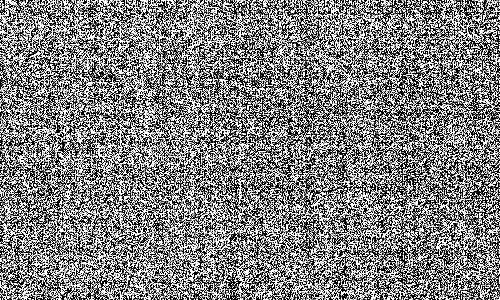 | ISO 100
Image Range:
-20.00 to 20.00 electrons about the mean
Central 500 x 300 pixel statistics:
min= 6799 electrons
max= 7209 electrons
mean= 7006 electrons
standard deviation= 43.33 electrons |
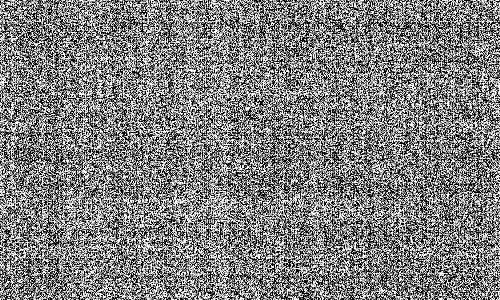 | ISO 200
Image Range:
-20.00 to 20.00 electrons about the mean
Central 500 x 300 pixel statistics:
min= 3396 electrons
max= 3612 electrons
mean= 3505 electrons
standard deviation= 21.91 electrons |
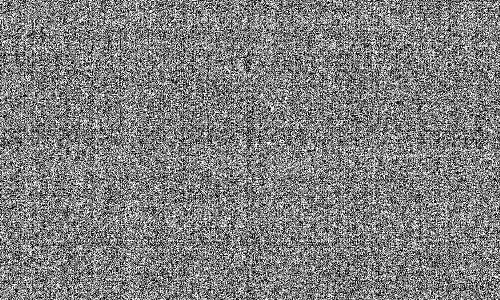 | ISO 400
Image Range:
-20.00 to 20.00 electrons about the mean
Central 500 x 300 pixel statistics:
min= 1669 electrons
max= 1826 electrons
mean= 1752 electrons
standard deviation= 11.57 electrons |
 | ISO 800
Image Range:
-20.00 to 20.00 electrons about the mean
Central 500 x 300 pixel statistics:
min= 817 electrons
max= 935 electrons
mean= 876 electrons
standard deviation= 6.66 electrons |
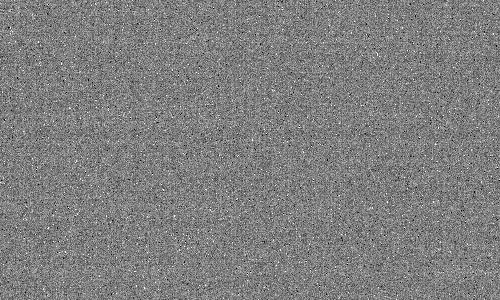 | ISO 1600
Image Range:
-20.00 to 20.00 electrons about the mean
Central 500 x 300 pixel statistics:
min= 383 electrons
max= 489 electrons
mean= 439 electrons
standard deviation= 4.47 electrons |
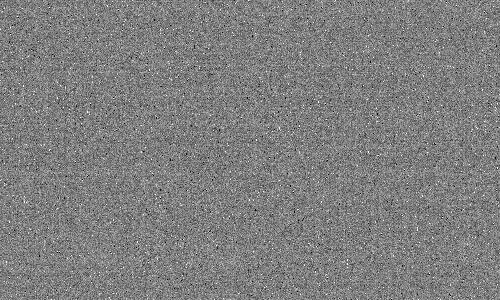 | ISO 3200
Image Range:
-20.00 to 20.00 electrons about the mean
Central 500 x 300 pixel statistics:
min= 158 electrons
max= 277 electrons
mean= 220 electrons
standard deviation= 4.49 electrons |
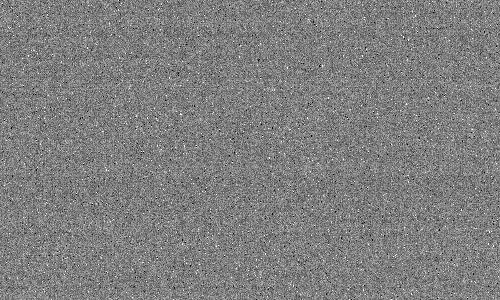 | ISO 6400
Image Range:
-20.00 to 20.00 electrons about the mean
Central 500 x 300 pixel statistics:
min= 48 electrons
max= 167 electrons
mean= 110 electrons
standard deviation= 4.49 electrons |
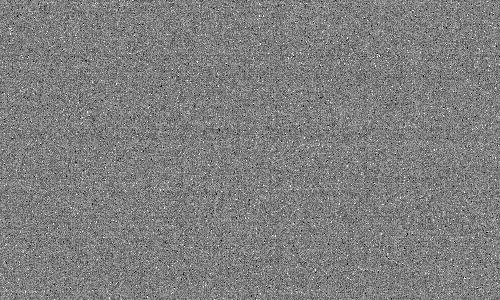 | ISO 12800
Image Range:
-20.00 to 20.00 electrons about the mean
Central 500 x 300 pixel statistics:
min= 9 electrons
max= 120 electrons
mean= 55 electrons
standard deviation= 4.42 electrons |
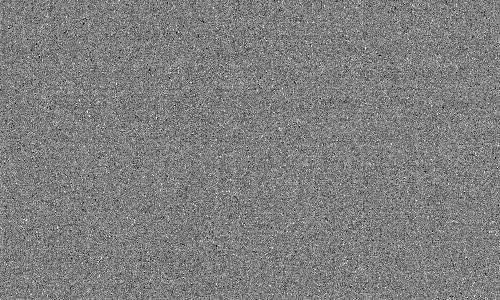 | ISO 25600
Image Range:
-20.00 to 20.00 electrons about the mean
Central 500 x 300 pixel statistics:
min= 0 electrons
max= 91 electrons
mean= 28 electrons
standard deviation= 4.47 electrons |
| Table 2b. Apparent Read Noise, Full Image, sub-sampled |
 | ISO 50
Image Range:
-20.00 to 20.00 electrons about the mean
Full image statistics:
min= 6881 electrons
max= 10892 electrons
mean= 7167 electrons
standard deviation= 45.79 electrons |
 | ISO 100
Image Range:
-20.00 to 20.00 electrons about the mean
Full image statistics:
min= 6751 electrons
max= 10636 electrons
mean= 7003 electrons
standard deviation= 44.88 electrons |
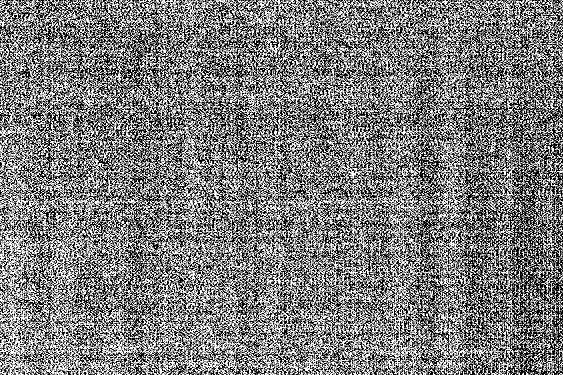 | ISO 200
Image Range:
-20.00 to 20.00 electrons about the mean
Full image statistics:
min= 3369 electrons
max= 6939 electrons
mean= 3504 electrons
standard deviation= 22.54 electrons |
 | ISO 400
Image Range:
-20.00 to 20.00 electrons about the mean
Full image statistics:
min= 1657 electrons
max= 5356 electrons
mean= 1752 electrons
standard deviation= 11.62 electrons |
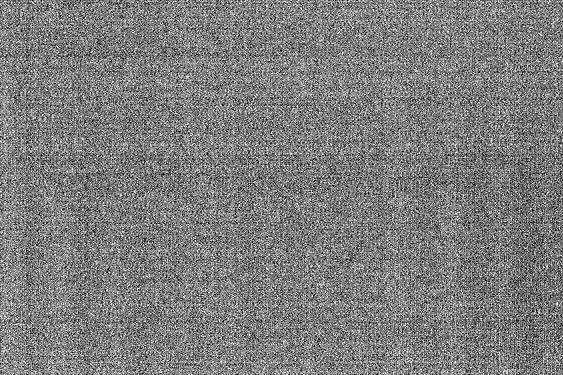 | ISO 800
Image Range:
-20.00 to 20.00 electrons about the mean
Full image statistics:
min= 792 electrons
max= 4593 electrons
mean= 876 electrons
standard deviation= 6.88 electrons |
 | ISO 1600
Image Range:
-20.00 to 20.00 electrons about the mean
Full image statistics:
min= 351 electrons
max= 4009 electrons
mean= 439 electrons
standard deviation= 4.66 electrons |
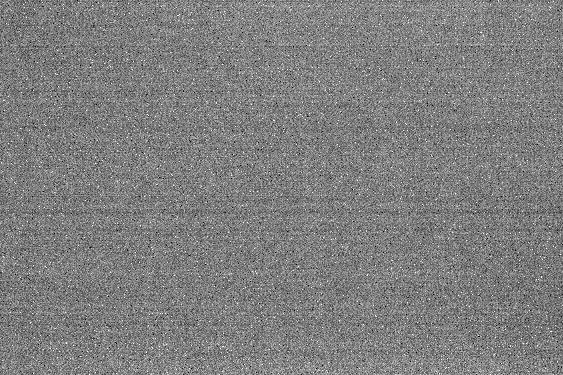 | ISO 3200
Image Range:
-20.00 to 20.00 electrons about the mean
Full image statistics:
min= 153 electrons
max= 3374 electrons
mean= 220 electrons
standard deviation= 4.60 electrons |
 | ISO 6400
Image Range:
-20.00 to 20.00 electrons about the mean
Full image statistics:
min= 41 electrons
max= 1753 electrons
mean= 111 electrons
standard deviation= 4.56 electrons |
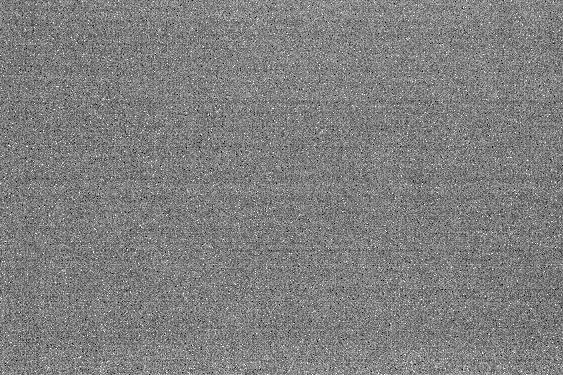 | ISO 12800
Image Range:
-20.00 to 20.00 electrons about the mean
Full image statistics:
min= 0 electrons
max= 868 electrons
mean= 55 electrons
standard deviation= 4.50 electrons |
 | ISO 25600
Image Range:
-20.00 to 20.00 electrons about the mean
Full image statistics:
min= 0 electrons
max= 442 electrons
mean= 28 electrons
standard deviation= 4.58 electrons |
If you find the information on this site useful,
please support Clarkvision and make a donation (link below).
References
1)
CCD Gain. http://spiff.rit.edu/classes/phys559/lectures/gain/gain.html
2)
Charge coupled CMOS and hybrid detector arrays
http://huhepl.harvard.edu/~LSST/general/Janesick_paper_2003.pdf
3)
Canon EOS 20D vs Canon EOS 10D and
Canon 10D / Canon 20D / Nikon D70 / Audine comparison
http://www.astrosurf.org/buil/20d/20dvs10d.htm
4)
http://www.photomet.com/library_enc_fwcapacity.shtml
5)
Astrophotography Signal-to-Noise with a Canon 10D Camera
http://www.clarkvision.com/astro/canon-10d-signal-to-noise
Notes:
DN is "Data Number." That is the number in the file for each
pixel. I'm quoting the luminance level (although red, green
and blue are almost the same in the cases I cited).
16-bit signed integer: -32768 to +32767
16-bit unsigned integer: 0 to 65535
Photoshop uses signed integers, but the 16-bit tiff is
unsigned integer (correctly read by ImagesPlus).
The sensor analysis was done with custom, in-house written software. Raw data were
extracted from the camera raw files using DCRAW. Custom software read
that data and all processing was done in 32-bit floating point.
Back to:
Digital Camera Sensor Analysis pages on this site:
http://www.clarkvision.com/articles/index.html#sensor_analysis
http://www.clarkvision.com/reviews/evaluation-canon-1dii
First published December 2010.
Last updated November 17, 2013.



















